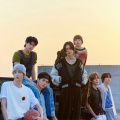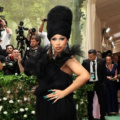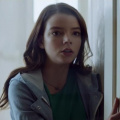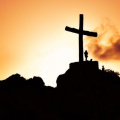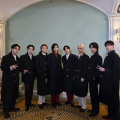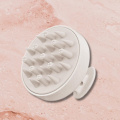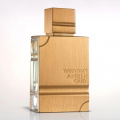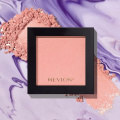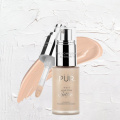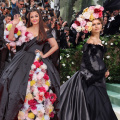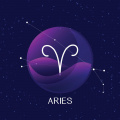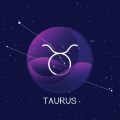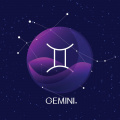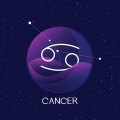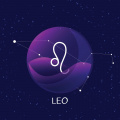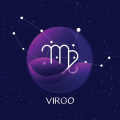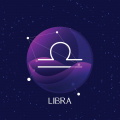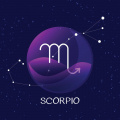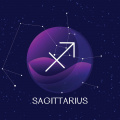What is Wolf-Rayet Nebula? NASA shares stunning image of blue bubble captured by Hubble Space Telescope
NASA's Hubble Space Telescope explores far into space, and the space agency has recently drawn a lot of attention with its post on the Wolf Rayet Nebula.
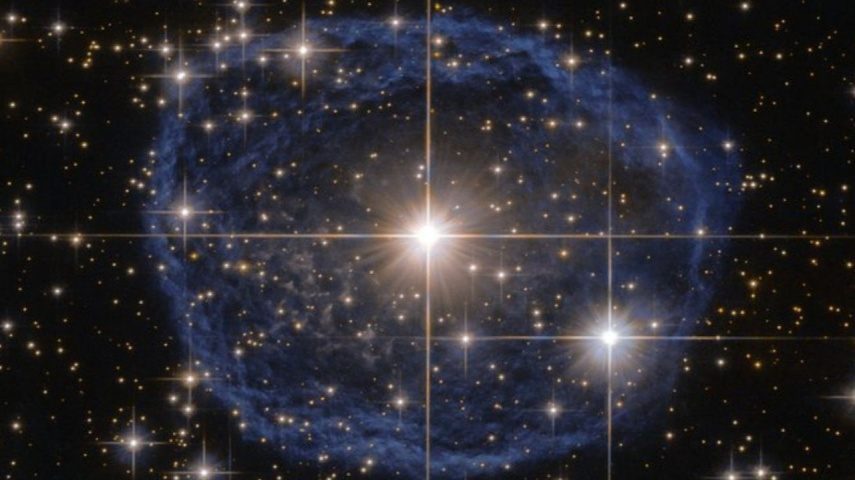
-
NASA's Hubble Space Telescope shared the image of Wolf-Rayet Nebula
-
NASA's stated that this Wolf–Rayet star, known as WR 31a, is situated in the Carina constellation
The world has been amazed by the incredible variety of images captured by the Hubble Space Telescope since its launch in 1990. But Hubble is much more than just a fantastic camera. Numerous gigabytes of data have been collected over several decades by the project, offering vital insights into the universe that span from elements as close as the moon to the furthest galaxies, with studies of supernovae and nebulae in between.
The Wolf-Rayet Nebula is a stunning image released by NASA that shows a star located approximately 30,000 light-years away inside a blue bubble. According to their theory, the speedy stellar winds that are created by Wolf-Rayet stars collide with the outer layers of hydrogen to form these nebulae, which are typically ring-shaped or spherical.
Here's what experts have to say about Wolf-Rayet nebula
According to experts, the nebula's "Hubble classic view" reveals that its speed of expansion is 136,700 miles (220,000 km) per hour. Eventually, the star will explode in a supernova, but the stellar material that is released will keep supporting subsequent stars and planets from forming.
They continued to describe the sight, saying that four diffraction spikes were blazing in the center and that a bright star was surrounded by a dark blue ring of gas and dust. Black space surrounds the image, including other stars.
Where is the Wolf-Rayet nebula located?
As per the NASA official blog, the Wolf-Rayet star, WR 31a, may be found in the Carina constellation, also known as The Keel. The bright blue bubble that seems to encircle WR 31a is a Wolf-Rayet nebula, a cloud of space made up of gases such as hydrogen, helium, and dust. Wolf-Rayet stars begin with a mass at least 20 times that of the Sun and lose half of it in less than 100,000 years on average. This picture of WR 31a was taken by the Advanced Camera for Surveys (ACS) Wide Field Camera on the Hubble Space Telescope.
ALSO READ: What is Vampire Facial? Cosmetic Procedure Leaves Three Women Testing Positive for HIV in New Mexico





 JOIN OUR WHATSAPP CHANNEL
JOIN OUR WHATSAPP CHANNEL

